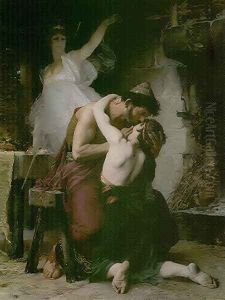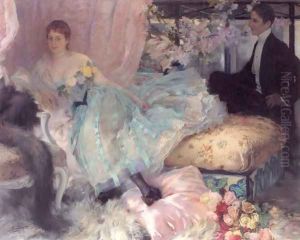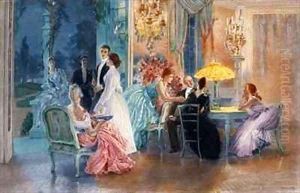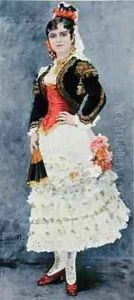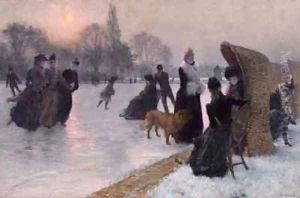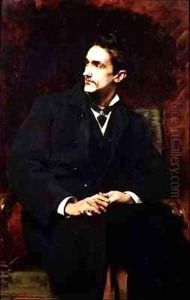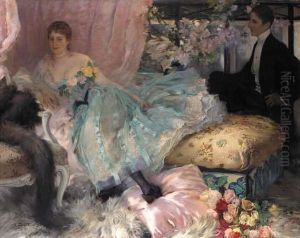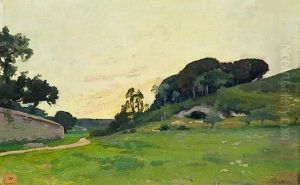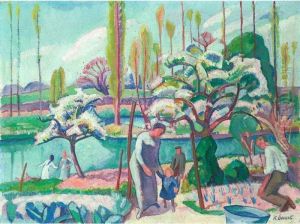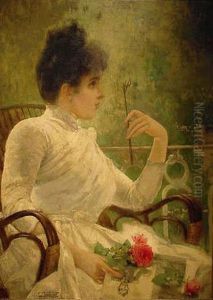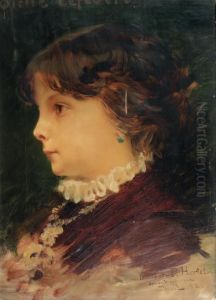Henri-Lucien Doucet Paintings
Henri-Lucien Doucet was a French artist born on October 22, 1856, in Paris, France. He was known predominantly for his work as a painter, with his artistic style being often associated with the Academic tradition, which emphasized formal techniques and high finish in painting. Despite being less well-known than some of his contemporaries, Doucet was a skilled painter whose work reflected the tastes and styles of the late 19th century.
Doucet studied art under renowned French painters such as Alexandre Cabanel and Carolus-Duran, both of whom were influential figures in the French art establishment of their time. Under their tutelage, Doucet honed his technical skills and developed a mastery of depicting the human figure, which would become a hallmark of his work. His education at the École des Beaux-Arts in Paris further solidified his classical approach to art.
Throughout his career, Henri-Lucien Doucet created portraits, genre scenes, and historical paintings. He exhibited his works at the Paris Salon, an official art exhibition of the Académie des Beaux-Arts in Paris, which was the preeminent venue for artists to gain recognition at the time. Doucet's paintings were well received, and he was awarded several medals for his contributions to French art.
One of Doucet’s notable works is 'At the Café', which exemplifies his ability to capture the atmosphere of Parisian social life in the late 19th century. His paintings often depicted elegant figures and were marked by a refined use of color and meticulous attention to detail. These characteristics, along with his skillful rendering of textures and fabrics, made his works popular among the Parisian bourgeoisie.
Despite his success, Henri-Lucien Doucet's life was cut short, and he died at the age of 39 on June 6, 1895. His death meant that his body of work was not as extensive as that of some of his peers, but he left behind a legacy as a talented painter who embodied the academic art traditions of his era. Today, his works can be found in various art collections and serve as a testament to the skill and artistry of late 19th-century French painting.
